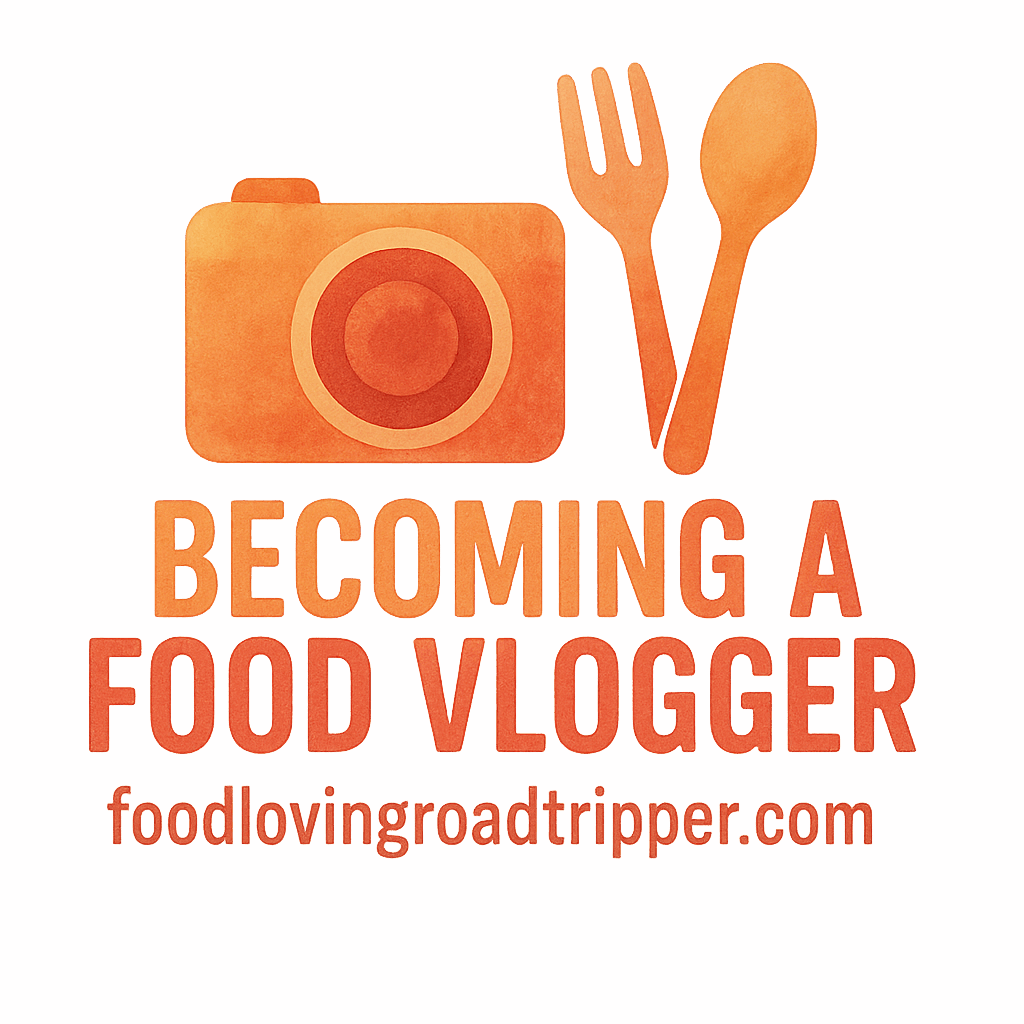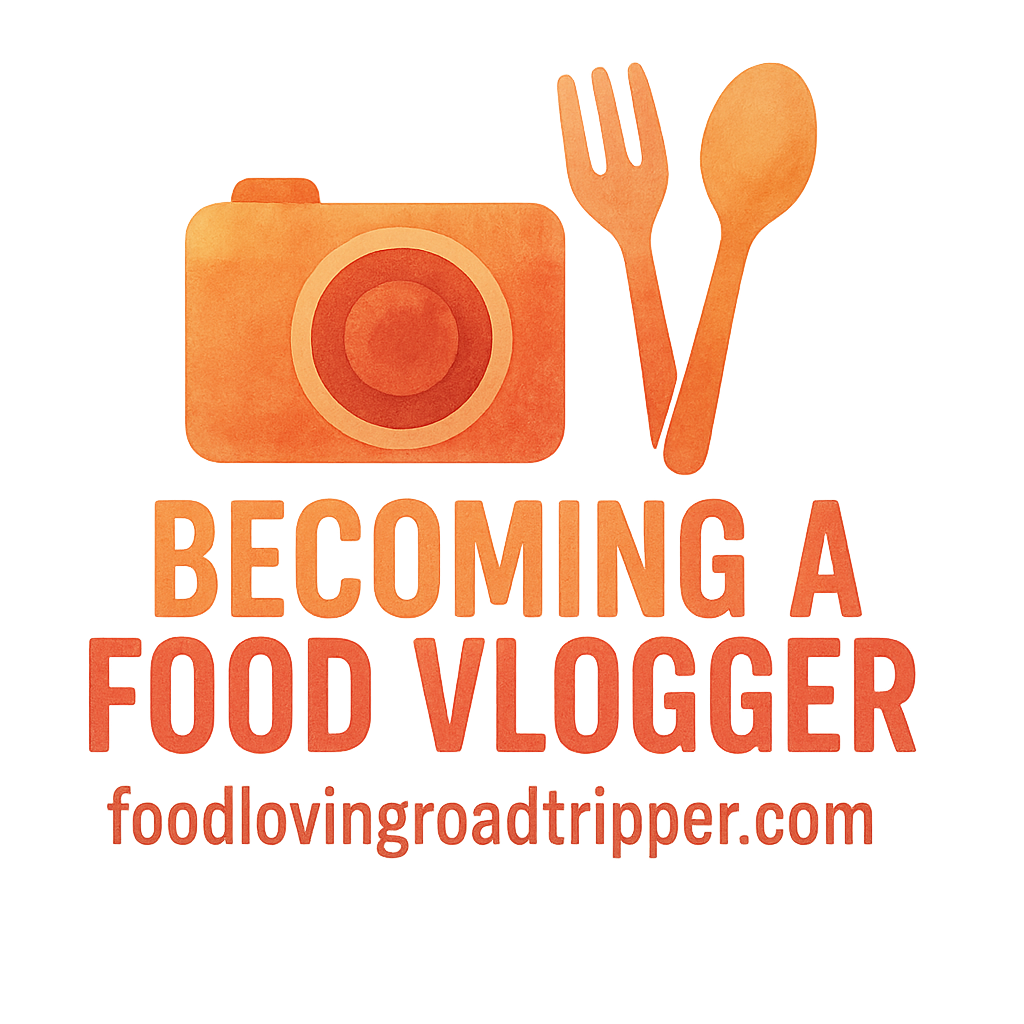Introduction to Food Vlogging in 2025
Food vlogging has exploded in popularity over recent years, with countless content creators sharing their recipes, reviews, and culinary experiences. Whether you’re documenting your favorite local dishes or showing off your homemade creations, the key to success lies in capturing high-quality visuals. And to do that, you need the right camera.
As a beginner food vlogger, choosing the right camera is crucial to producing professional-looking videos that will engage your audience. But in 2025, there are so many options available that it can be difficult to know where to start. This article will help you navigate through the best choices and offer advice on finding a camera that meets your specific needs.
Why Choosing the Right Camera Matters for Food Vloggers
Food vlogging is all about capturing the essence of a dish: its colors, textures, and details. Whether you’re recording a recipe tutorial or doing a restaurant review, your camera is your primary tool. Here are some essential factors to consider when selecting the perfect camera for food vlogging.
The Importance of Image Quality
High image quality is a must. You want your food to look vibrant and appetizing. A camera that delivers crisp, sharp footage with excellent color reproduction is key. If your audience can’t appreciate the true beauty of the dish, they may lose interest.
Portability and Ease of Use
As a food vlogger, you might find yourself shooting in different settings: your kitchen, a food market, or even at a local restaurant. A portable, easy-to-use camera is essential for quick setups, while still delivering professional-quality footage. For more tips on vlogging gear, check out our guide to equipment and tools.
Budget Considerations
As a beginner, you likely have a budget to consider. Luckily, there are many affordable options that still offer high-quality video. You don’t need to break the bank to create excellent food content. If you’re interested in more budget-friendly options, see our guide on content creation for more advice.
How to Choose the Best Camera for Food Vlogging
When deciding on a camera, there are several key features you’ll want to look for, especially for food vlogging. Understanding these features will help you make an informed decision.
Understanding Key Features for Food Vloggers
Resolution
The higher the resolution, the clearer and more detailed your video will be. For food vlogging, a minimum of 1080p HD is necessary, but if you want to future-proof your content, 4K resolution is ideal.
Low-Light Performance
Food vlogging often involves working with limited or artificial lighting. Cameras with superior low-light performance will help you capture every detail in dimly lit environments, which is essential for recording food under various lighting conditions.
Autofocus & Focus Control
Fast and reliable autofocus is a must, especially when you’re capturing moving subjects or changing angles. Many food vloggers prefer manual focus, which allows for more precise control over how their food looks on camera. Learn more about autofocus and settings in our guide on editing.
Audio Quality
Audio matters just as much as video. If you’re talking through your vlog, you need to ensure your audio is clear and professional. Most cameras allow you to connect an external microphone for better sound quality.
Battery Life
Food vlogging shoots can last for hours, especially if you’re preparing multiple dishes or filming longer tutorials. A camera with a long battery life will help you avoid interruptions in the middle of a shoot.
The 5 Best Cameras for Food Vloggers Beginners in 2025
Now that you know what to look for, let’s dive into the top cameras for beginner food vloggers in 2025. These options are perfect for creating high-quality content without breaking the bank.
1. Canon EOS M50 Mark II – Best for Beginners
The Canon EOS M50 Mark II is one of the best choices for beginner food vloggers, offering impressive features in a budget-friendly package.
Key Features:
- 4K video recording
- Dual Pixel autofocus for crisp focus on your food
- Flip-out touchscreen for easy self-recording
- External microphone input for enhanced audio
Pros & Cons:
- Pros: Affordable, compact, user-friendly interface
- Cons: 4K video is cropped, autofocus can be sluggish in 4K mode
2. Sony ZV-1 – Best for Vlogging on the Go
Designed specifically for vloggers, the Sony ZV-1 is perfect for capturing food content in any setting. This compact camera packs a punch, making it easy to take on the go.
Key Features:
- 4K video recording with real-time Eye autofocus
- High-quality built-in microphone
- Lightweight and portable design
Pros & Cons:
- Pros: Great for quick, on-the-go vlogging, excellent autofocus
- Cons: No lens swapping, small sensor size compared to other options
3. Panasonic Lumix GH5 – Best for Video Quality
If you’re willing to invest a bit more for superior video quality, the Panasonic Lumix GH5 is an excellent choice. It’s perfect for those who want cinematic video quality to elevate their food vlogs.

Key Features:
- 4K video at 60fps
- In-body image stabilization for smooth footage
- 20.3 MP sensor with exceptional low-light capabilities
Pros & Cons:
- Pros: Superior video quality, excellent color accuracy, robust build
- Cons: Heavier design, higher price point
4. Nikon Z50 – Best for Versatility
The Nikon Z50 is a mirrorless camera that strikes a balance between performance and ease of use. It’s perfect for food vloggers who want versatility in their content.
Key Features:
- 4K video recording
- 21 MP APS-C sensor for excellent detail
- Flip-down touchscreen for vlogging
Pros & Cons:
- Pros: Great autofocus, versatile for different shooting angles
- Cons: No in-body image stabilization, limited lens selection
5. Fujifilm X-T200 – Best for Color and Detail
Fujifilm is known for its rich color science, and the X-T200 is a fantastic choice for food vloggers who want vibrant, lifelike food shots. Its sensor captures stunning color detail that’s perfect for food vlogs.
Key Features:
- 4K video recording with excellent color reproduction
- 24.2 MP sensor for sharp detail
- Easy-to-use touchscreen interface
Pros & Cons:
- Pros: Great color accuracy, easy to use, good low-light performance
- Cons: Slower autofocus, fewer video features compared to competitors
How to Set Up Your Camera for Food Vlogging
Once you’ve selected your camera, setting it up correctly is key to achieving the best results.
Choosing the Right Lens
For food vlogging, a macro lens or a fast prime lens will allow you to focus on the smallest details of your dishes. These lenses are perfect for close-up shots of ingredients or plated meals.
Setting Up Your Camera for Optimal Lighting
Good lighting is essential for food vlogging. Natural light works best, but if you’re shooting indoors, you may want to invest in some softbox lights or LED panels to get the perfect setup. Learn more about lighting strategies in our guide on growth marketing.
Conclusion
Choosing the right camera is a pivotal step in your food vlogging journey. Whether you’re just starting out or looking to level up your content, the cameras we’ve discussed here provide excellent options. Focus on what matters most to you—image quality, ease of use, and budget—and you’ll find a camera that will help you capture the beauty of food for your audience.
FAQs
1. What’s the Best Camera for a Food Vlog on a Budget?
The Canon EOS M50 Mark II is one of the best affordable options, offering great value without sacrificing video quality. For more tips, check out our guide on monetization.
2. Can I Use a Smartphone for Food Vlogging?
Yes, many modern smartphones offer excellent video capabilities. However, a dedicated camera will provide more flexibility and better image quality for consistent results.
3. How Important is Autofocus for Food Vlogging?
Autofocus is essential for food vlogging, especially when shooting moving dishes or adjusting camera angles. A camera with fast autofocus will ensure you don’t miss any important shots.
4. What Other Equipment Do I Need for Food Vlogging?
Along with your camera, you’ll need a tripod, lighting equipment, and possibly a microphone. Check out our article on equipment tools for recommendations.
5. Should I Choose a DSLR or Mirrorless Camera for Food Vlogging?
Both types work well, but mirrorless cameras tend to be more compact and feature-rich, making them ideal for vloggers.
6. How Do I Improve the Lighting in My Food Vlogs?
Invest in softbox lights or LED panels to achieve even lighting. Natural light is also a great option, especially for outdoor shoots.
7. Can I Use My Camera for Live Streaming as Well?
Many cameras, like the Canon EOS M50 Mark II and Sony ZV-1, are also great for live streaming, thanks to their excellent video quality and fast autofocus.


